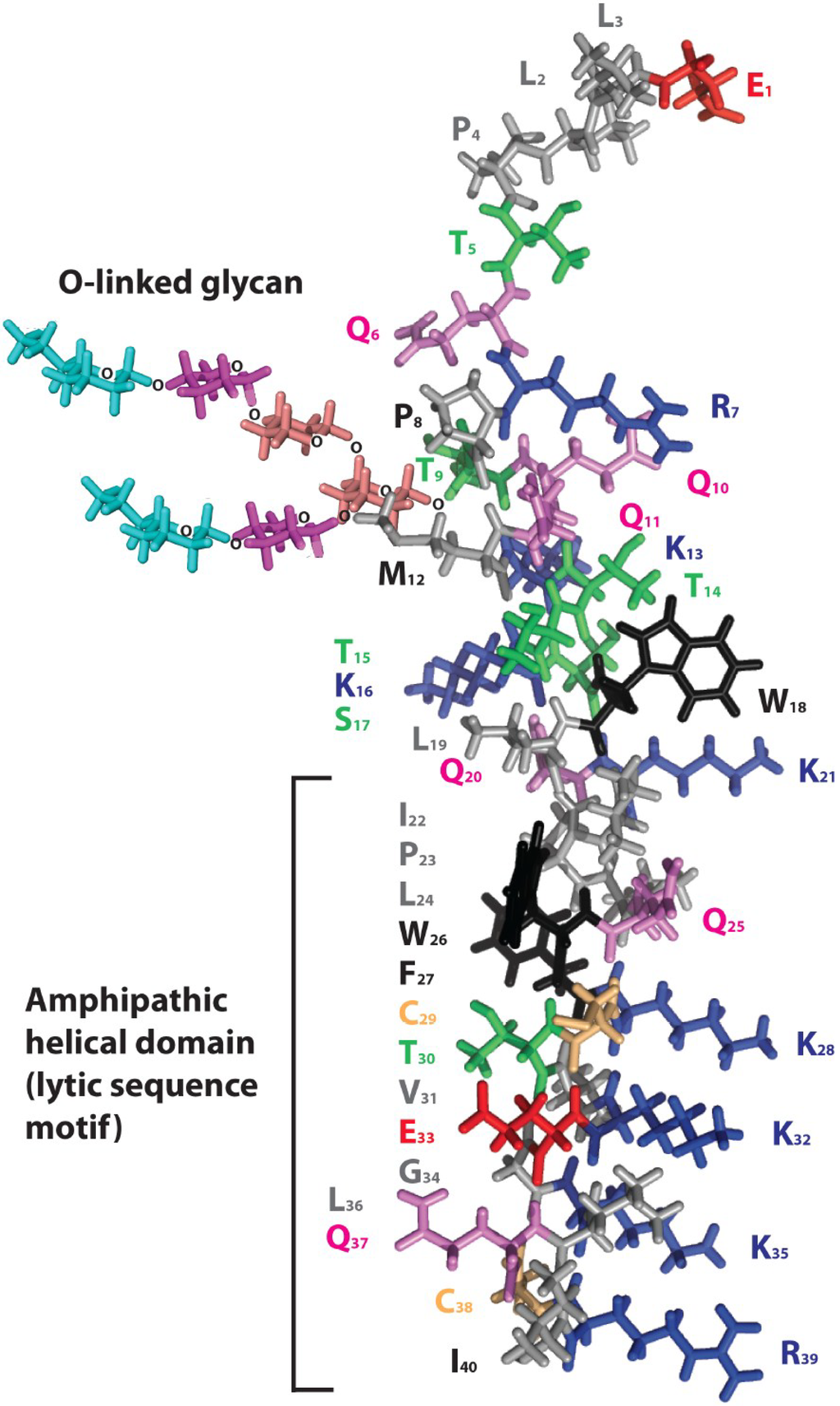Measles, Mumps, Chickenpox,
HPV, Polio, Smallpox, yellow fever. All are viruses that we’ve ben able to eliminate
or make a rarity from our ability to vaccinate against them.
Dengue, Ebola, HIV, Malaria,
Chikungunya, ross river virus. All viruses with terrible costs and still no
vaccine.
Never fear though, the Bill
and Melinda Gates have proven once again their dedication to bringing health to
every corner of the planet. They
recently announced a new 10-year, $50 million grant to create a new Human
Systems Immunology Center at Stanford University. The effort is to be headed by
Stanford professor Mark Davis with partnerships in the School of Engineering
and plenty of current immunology faculty. A short (incomplete) list of names includes
Garry Nolan, Yvonne Maldonado, Holden Maecker, Atul Butte, and Karla Kirkegaard.
The goal of the new program
is to not only understand more about how vaccines work (our current
understanding of immunity induction still has a lot of holes in it) but also to
develop entirely new ways of vaccinating. Additionally, they hope to analyze people
who seem to have unusual immunity development to pathogens leading to better
protection than most.
The center has big plans and
will hopefully lead to some major advances in some of the world’s most deadly, difficult
to vaccinate diseases.
--Lauren S
Source: http://news.stanford.edu/news/2015/january/gift-davis-gates-012915.html








